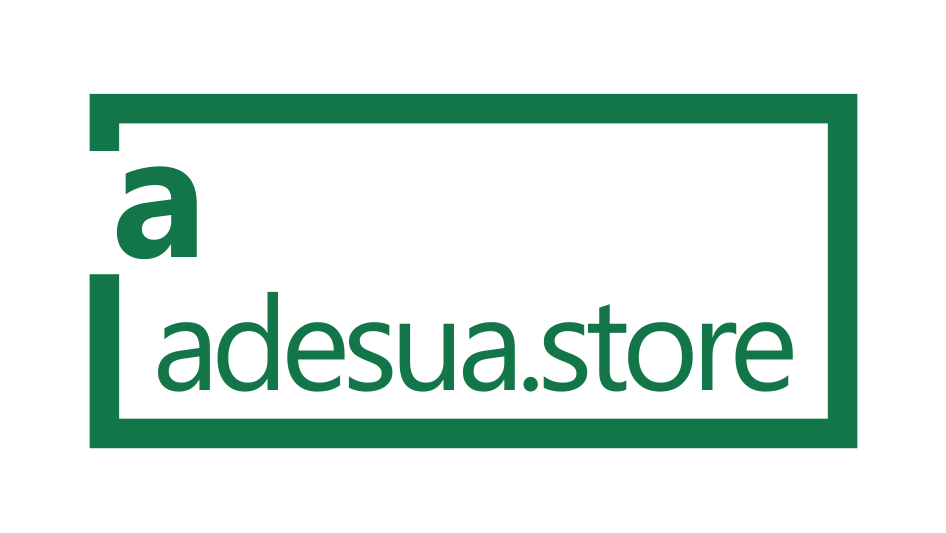

MethionineA deficiency of the essential amino acid methionine can adversely affect behavior and learning. Research has found that 51 percent of autistic children showed evidence of methionine deficiency.
A healthy food habit would be to make sure you diversify your food options when seeking out methionine-rich foods. Eggs and Dairy products are good choices, when eating meat and poultry; look for lean beef loin, lamb and chicken breast. For seafood and fish, choose tuna, herring and trout and lastly, if using plant-based sources, use Brazil nuts, seaweed-based foods (spirulina) and soybeans.
Zinc
Zinc’s role, when it comes to brain tissue, is that it provides protection against oxidative stresses that can lead to ‘aging’ to the brain causing slower processing of information. Zinc deficiency has been found in children with dyslexia. Great thing about zinc is that you can get a good bang for your buck because many of the foods containing zinc also have added nutritional benefits.
Chicken, pork and beef not only contain zinc but also are a great source of iron and protein. Bean such as kidney bean or chickpeas also deliver plant-based protein and are packed with fiber. Other sources are fortified cereals, nuts and whole grains.
Omega-3 Fatty Acids
When you read about omega-3 fatty acids, you will commonly come across terms like ALA (alpha-linolenic acid), DHA (docosahexaenoic acid), and EPA (eicosapentaenoic acid); omega-3’s are composed of these and they all have their distinct health benefits.
Interestingly enough with DHA, studies show how it contributes with brain development and visual acuity. DHA is found most plentiful in animal products such as fish, eggs and meats, richest in oily fish: mackerel, salmon and trout. DHA is also found in: nuts, seeds, wholegrains and dark, leafy greens but at much lower levels. Algae on the other hand, is a vegetable source that has been found to be rich on DHA.
Related: Language and Literacy Learning: Success With Technology
Iron
Iron has been shown to improve verbal and nonverbal learning and memory, particularly in children with anemia. Iron supplementation is a sure fire option to hit your daily need. If you opt to fulfill your iron need through nutritional health, here are food sources in which for you to do so: pumpkin seeds, soybeans, chickpeas, liver, lentils, cooked spinach and fortified cereal. Regardless if you choose a supplement or whole foods to bump your absorption, make sure you pair your iron source with a vitamin C rich food, such as citrus fruits or oranges.
Eat More Whole Foods
The fifth brain boosting food tip is a general practice reminder to keep it simple by using whole foods! One of the best things that can be done for our children is to buy less processed, packaged foods and eat more whole foods. There has been extensive research done investigating the effect of food additives (i.e. food additives & sweeteners). It was Dr. Feingold in 1975 that first looked at additives and hyperactivity that can lead to learning challenges in children. You will notice that the foods that contain these ingredients are found in the middle aisles of the grocery store. Best practice for your next grocery store trip would be to stick to the perimeter (outer edge) of the grocery store to minimize processed foods and to find all these great wholesome foods mentioned in this article.



